Vegetables To Grow In Late Summer For A Delicious Fall Harvest
Introduction
The late summer is a great time to plant vegetables for a delicious fall harvest. The days are still long and warm, but the nights are starting to cool down, which is perfect for many cool-season vegetables.
Here are some of the best vegetables to grow in late summer for a fall harvest:
- Carrots: Carrots are a delicious and versatile vegetable that can be eaten raw, cooked, or juiced. They are also a good source of vitamins A and K.
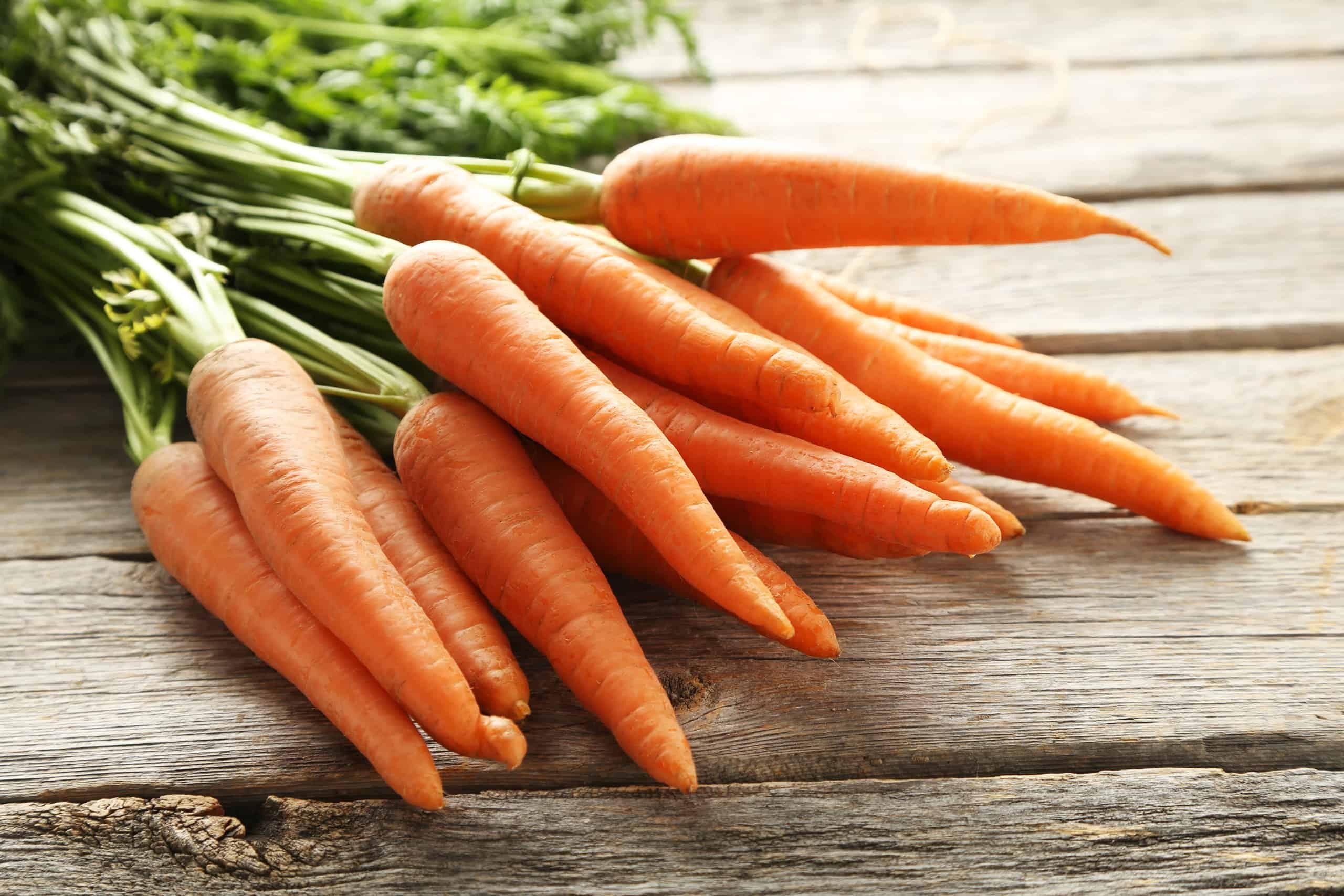
- Cauliflower: Cauliflower is a cruciferous vegetable that is packed with nutrients. It is a good source of vitamins C, K, and B6. Cauliflower can be roasted, steamed, or grilled.

- Broccoli: Broccoli is another cruciferous vegetable that is high in nutrients. It is a good source of vitamins C, K, and A. Broccoli can be steamed, roasted, or stir-fried.

- Spinach: Spinach is a leafy green vegetable that is a good source of vitamins A, C, and K. It can be eaten raw in salads or cooked in a variety of dishes.

- Radishes: Radishes are a quick-growing vegetable that is a good source of vitamins C and K. They can be eaten raw in salads or cooked.
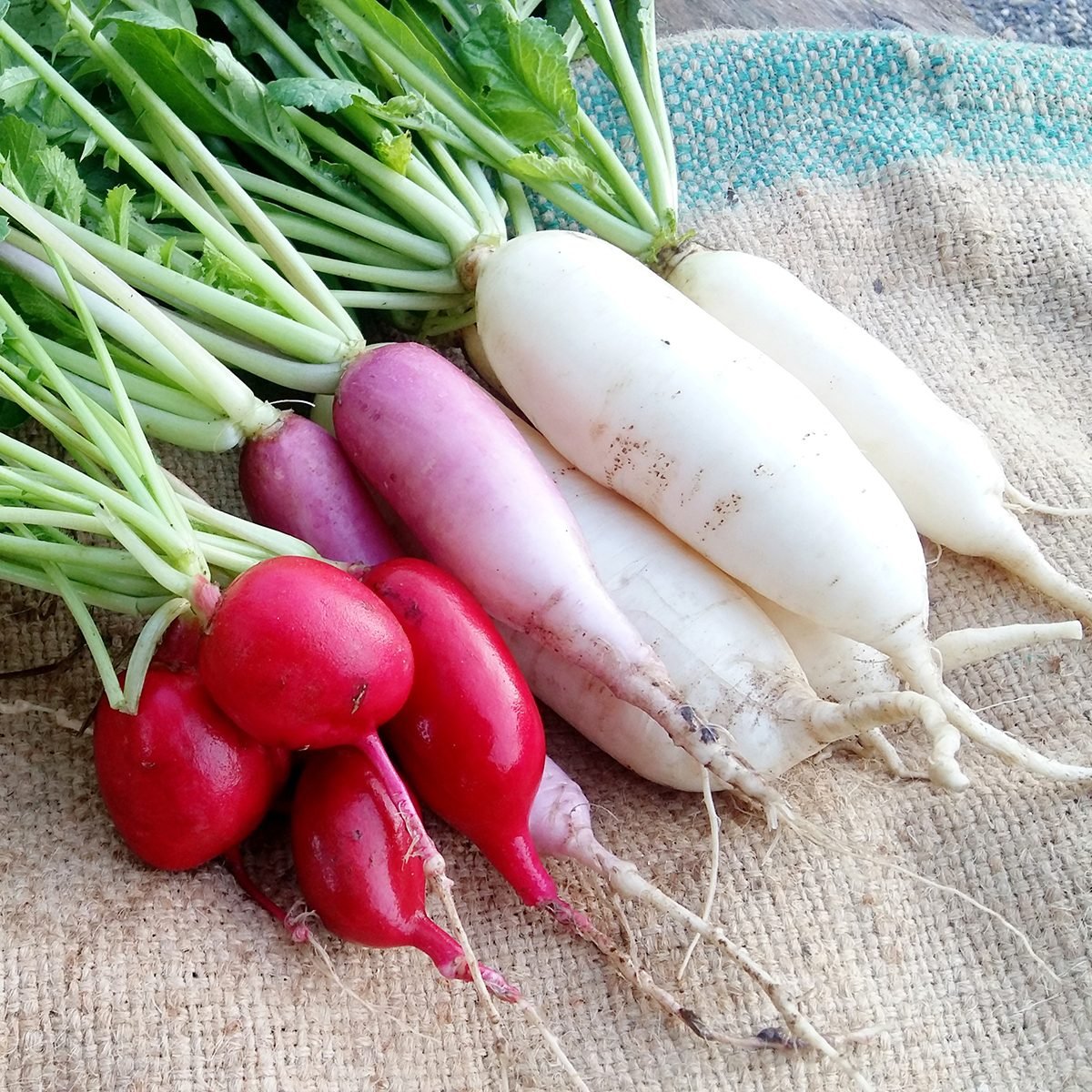
- Beetroots: Beetroots are a root vegetable that is a good source of vitamins C and K. They can be eaten raw, cooked, or juiced.

- Peas: Peas are a legume that is a good source of protein and fiber. They can be eaten fresh, frozen, or canned.

- Bush Beans: Bush beans are a type of bean that is easy to grow and harvest. They are a good source of protein and fiber.
- Cabbage: Cabbage is a leafy green vegetable that is a good source of vitamins C and K. It can be eaten raw in salads or cooked.
- Kale: Kale is a leafy green vegetable that is a good source of vitamins A, C, and K. It can be eaten raw in salads or cooked.

- Swiss Chard: Swiss chard is a leafy green vegetable that is a good source of vitamins A, C, and K. It can be eaten raw in salads or cooked.

Main Content
When planting vegetables in late summer, it is important to choose varieties that are suited to your climate. If you live in a cold climate, you will need to choose varieties that are hardy to frost.
It is also important to plant your vegetables in a sunny location with well-drained soil. You may need to amend your soil with compost or manure before planting.
Here are some tips for planting vegetables in late summer:
- Start by preparing your soil. Make sure the soil is loose and well-drained. You may need to amend the soil with compost or manure.
- Plant your seeds or transplants according to the directions on the seed packet or plant tag.
- Water your plants regularly, especially during the first few weeks after planting.
- Fertilize your plants every few weeks with a balanced fertilizer.
- Protect your plants from pests and diseases.
Conclusion
With a little planning and care, you can enjoy a delicious harvest of vegetables from your garden in the fall. So get planting!
Are you looking for some delicious vegetables to grow in your garden in late summer? If so, you've come to the right place! Here are a few of my favorites:
- Carrots: Carrots are a classic late-summer vegetable that are easy to grow and delicious to eat. They can be eaten raw, cooked, or juiced.

- Cauliflower: Cauliflower is another great option for late-summer gardening. It's a versatile vegetable that can be roasted, mashed, or made into a gratin.

- Broccoli: Broccoli is a hearty vegetable that is packed with nutrients. It's best to harvest broccoli when the florets are still small and tightly closed.

- Spinach: Spinach is a leafy green that is a good source of vitamins A and C. It can be eaten raw in salads or cooked in a variety of dishes.

- Radishes: Radishes are a quick-growing vegetable that are perfect for late-summer gardening. They can be eaten raw or cooked, and they add a bit of a kick to any dish.

For more information about vegetables to grow in late summer, be sure to visit Garden Wiki. This website has a wealth of information on all things gardening, including tips on planting, watering, and harvesting your vegetables.
FAQ of vegetables to grow in late summer
Q: What are the best vegetables to grow in late summer?
A: There are many vegetables that can be grown in late summer, but some of the best include:
- Root vegetables: Carrots, beets, turnips, and radishes are all good choices for late summer planting. They can be harvested in a few weeks, and they are relatively easy to grow.
- Leafy greens: Spinach, kale, and lettuce are all hardy leafy greens that can be grown in late summer. They are a good source of vitamins and minerals, and they can be harvested throughout the fall.
- Broccoli and cauliflower: Broccoli and cauliflower are cool-weather vegetables that can be planted in late summer. They will need to be protected from frost, but they can provide a late-season harvest.
- Peas and beans: Peas and beans are legumes that are a good source of protein. They can be planted in late summer and will continue to produce throughout the fall.
Q: When is the best time to plant vegetables in late summer?
A: The best time to plant vegetables in late summer depends on your climate. In general, you should plant them 6-8 weeks before your first frost date. This will give them enough time to grow and mature before the weather turns cold.
Q: How do I prepare my soil for planting vegetables in late summer?
A: Before you plant any vegetables, it is important to prepare your soil. This means tilling the soil to loosen it up and removing any weeds. You should also add some compost or manure to the soil to improve its fertility.
Q: How do I water vegetables in late summer?
A: Vegetables in late summer need regular watering, especially during hot, dry weather. Water them deeply once or twice a week, or more often if the weather is very hot.
Q: How do I protect vegetables from pests and diseases in late summer?
A: There are a number of pests and diseases that can affect vegetables in late summer. To protect your plants, you can use insecticidal soap or neem oil to control pests, and you can treat diseases with fungicides. You can also try to attract beneficial insects to your garden, such as ladybugs and lacewings, which will help to control pests.
Image of vegetables to grow in late summer
- Kale: Kale is a hardy leafy green that can withstand cooler temperatures, making it a great choice for late summer planting. It's also a good source of vitamins A and C.
- Broccoli: Broccoli is another cold-hardy vegetable that can be planted in late summer. It's a good source of fiber and vitamin C.
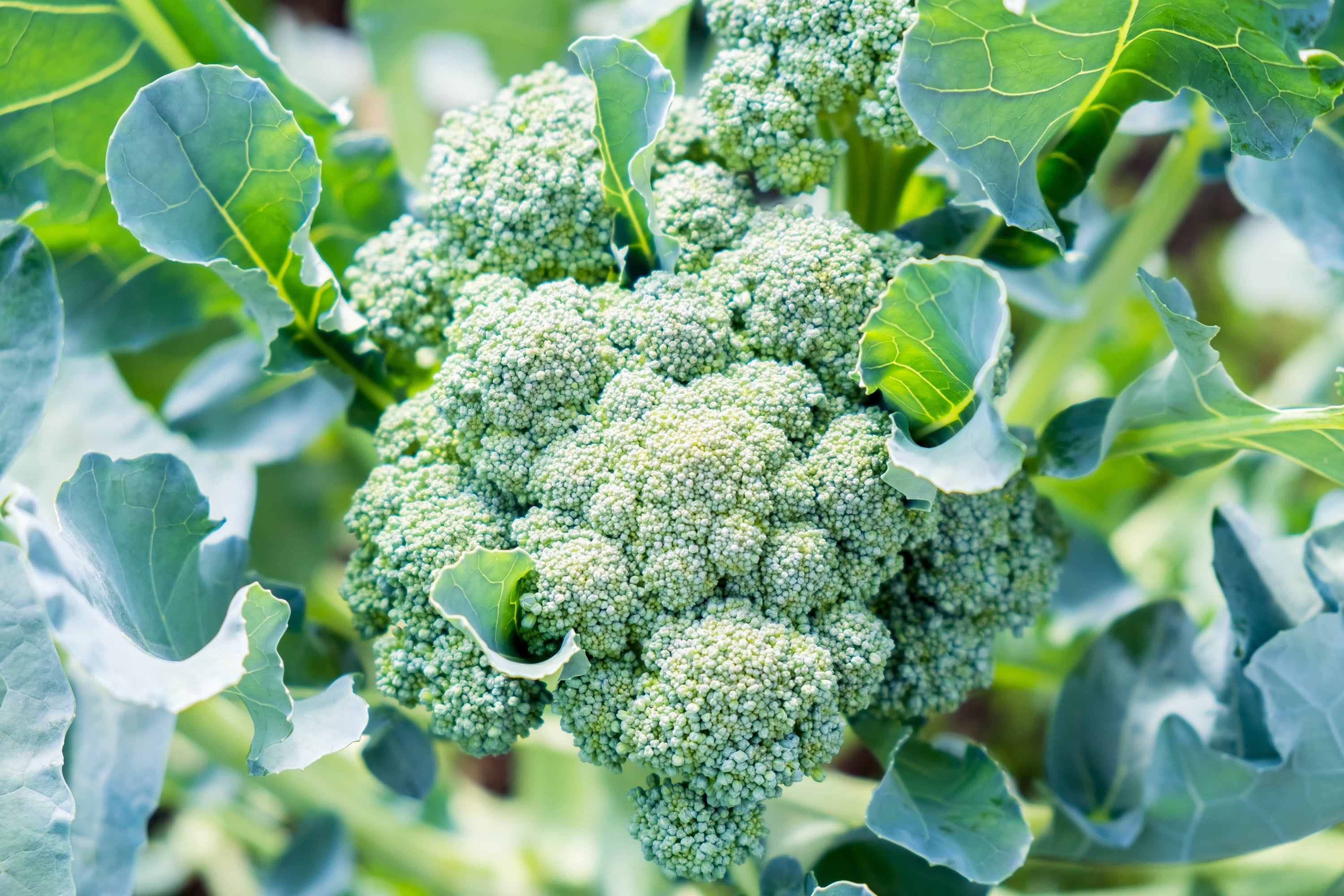
- Peas: Peas are a fast-growing vegetable that can be planted in late summer and harvested in a few weeks. They're a good source of protein and fiber.
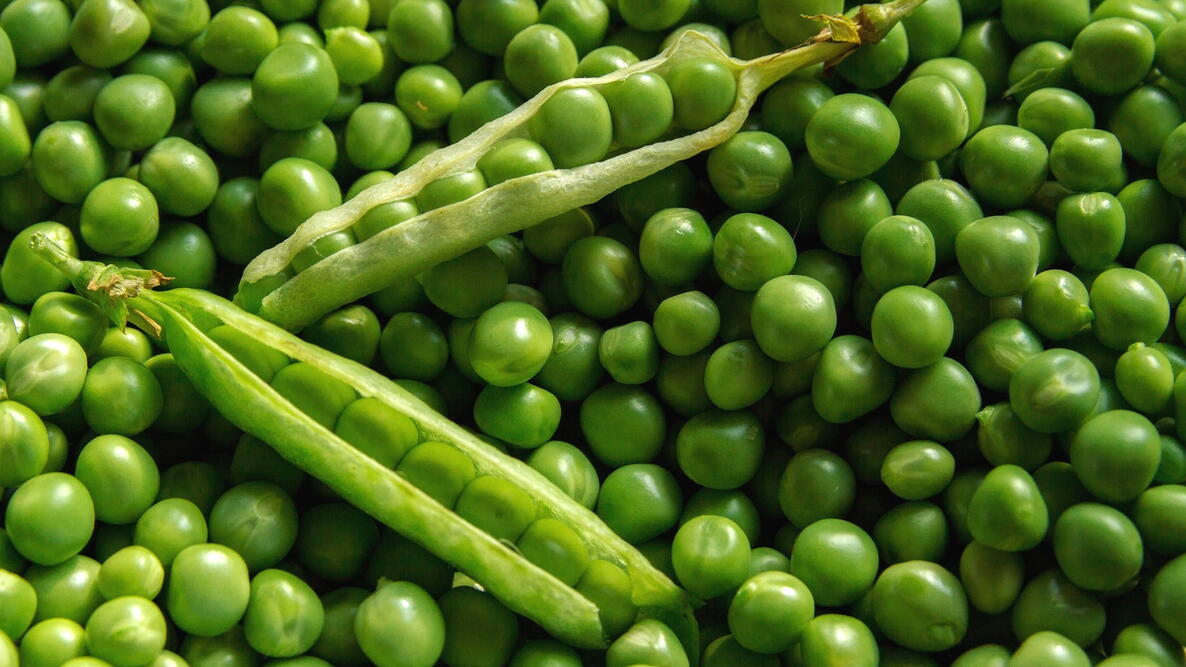
- Carrots: Carrots are a root vegetable that can be planted in late summer and harvested in the fall. They're a good source of vitamin A.
- Winter squash: Winter squash is a type of squash that can be stored for several months, making it a great choice for late summer planting. It's a good source of vitamins A and C.
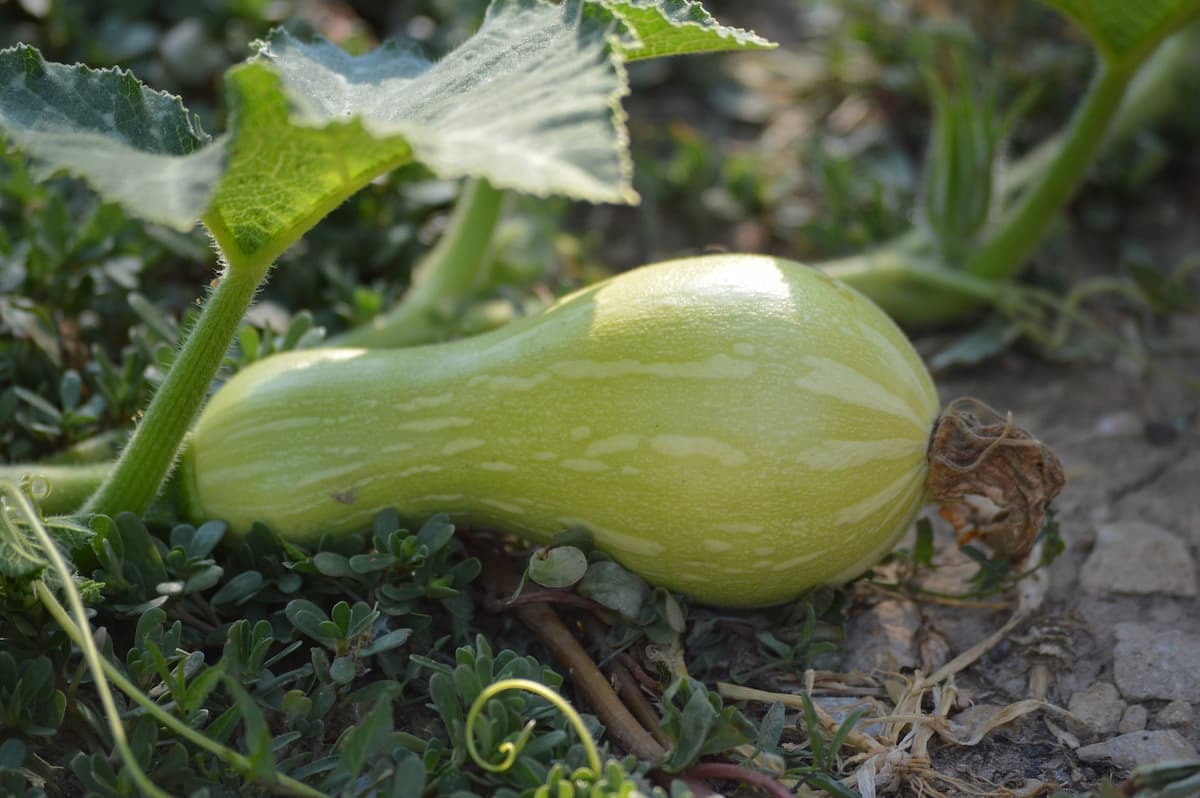
Post a Comment for " Vegetables To Grow In Late Summer For A Delicious Fall Harvest"